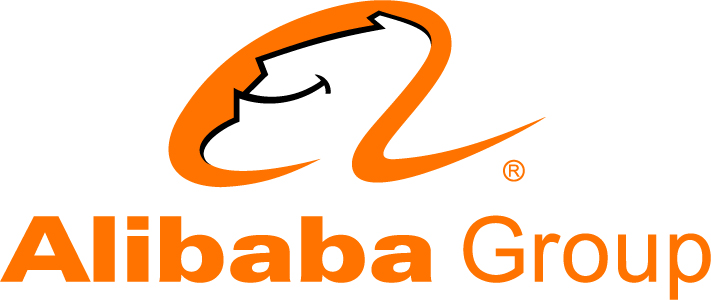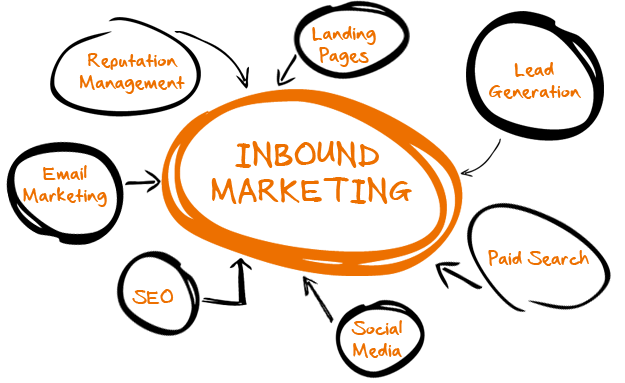On September 19th 2014, Alibaba claimed the title for the largest IPO in the history of the NYSE. Rightfully so, Alibaba proved the power of platforms and how they can change the way business is done.
The company’s platform – Alibaba.com – is a trading platform that connects Chinese exporters with worldwide importers. Although the attractiveness of sourcing in China dates back to 1800 BC, Alibaba was the first to succeed at creating a new gold standard for companies to transact with Chinese manufacturers online on a global scale.
There is a number of factors that allowed Alibaba to get where it is now:
First, as a platform, Alibaba enjoys both positive cross-side network effects – manufacturers attract buyers, and buyers attract manufacturers – and positive same-side effects – for users, due to user generated content such as reviews and comments. The network effects are strong, and although the market is a multi-homing one, the richness, reach and affiliation of the platform allow it to become a dominant player.
Second, in contrast with its largest competitor, Amazon, Alibaba does not own any inventory. Alibaba simply facilitates conversation between buyers and sellers and allows them to shift the inventory between themselves.
Third, Alibaba decreased barriers to entry into the Chinese market and significantly shifted the bargaining power to buyers. Furthermore, it reduced coordination costs of companies by enabling to negotiate coherently via the platform.
Fourth, On Alibaba.com, buyers can select from large variety of manufacturers and products. The supply-side drivers of sellers being able increase their reach & decrease promotion costs and the demand-side drivers of buyer using the powerful Alibaba search engine in combination with the product recommendation feature, allowed the company to create long-tail of stock.
The Chinese giant created a textbook-example of a platform with incredibly strong network effects that facilitate an average of 12.7 billion dollars in orders per year. Since Alibaba owns zero inventory, it has the ability to entirely shift its focus on scaling and improving its platform. However, the question is, what’s next?



